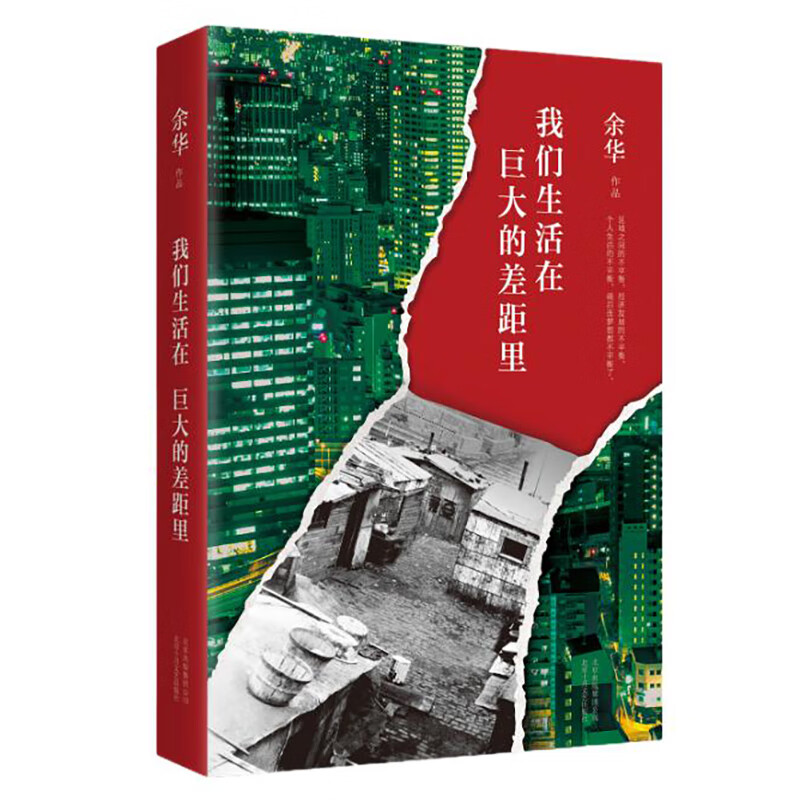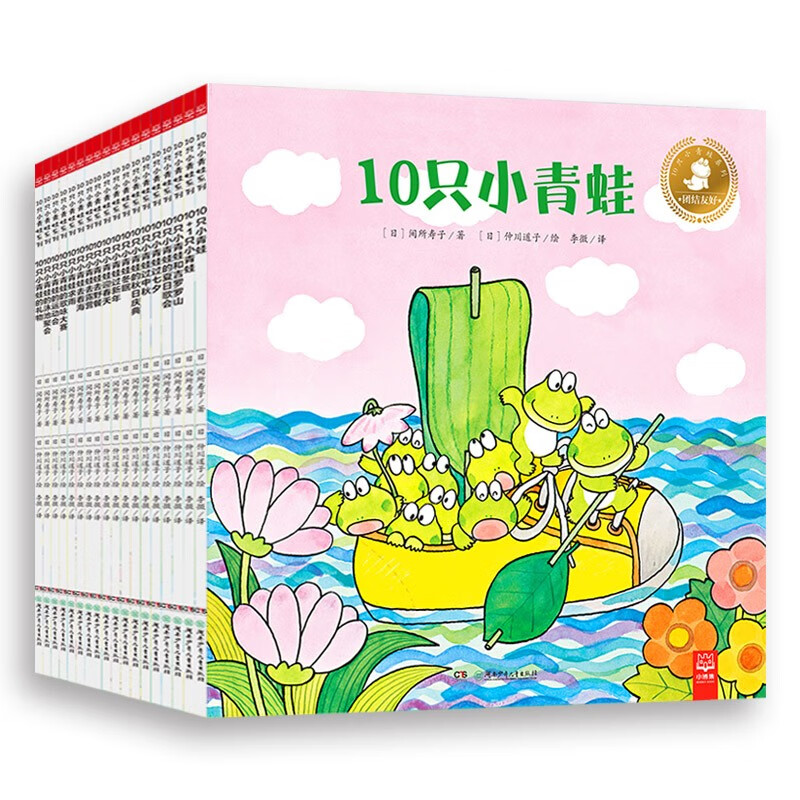The Forbidden City: A Brief Introduction
摘要:
本文将简要介绍中国的故宫,这座历史悠久的宫殿建筑群不仅是中国的文化瑰宝,也是世界文化遗产。文章将概述故宫的历史背景、建筑特色、文化内涵以及现代意义,旨在帮助读者更好地了解这一举世闻名的文化地标。
正文:
一、历史背景
The Forbidden City: A Symbol of Imperial Power
The Forbidden City, located in the heart of Beijing, China, is a magnificent palace complex that once served as the imperial residence of the emperors of the Ming and Qing dynasties. Constructed over a period of 14 years, it was completed in 1420 and remained the seat of China's imperial power until 1912. With its vast scale and intricate architecture, the Forbidden City embodies the grandeur and splendor of imperial China.
二、建筑特色
Architectural Delights of the Forbidden City
The Forbidden City boasts a unique architectural style that combines traditional Chinese elements with imperial grandeur. The complex is rectangular in shape, with high walls enclosing an area of approximately 720,000 square meters. It is divided into two main parts: the Outer Court, where the emperor conducted state affairs, and the Inner Court, where the imperial family resided. The buildings are decorated with intricate carvings and paintings, reflecting the rich cultural heritage of China.
三、文化内涵
Cultural Significance of the Forbidden City
The Forbidden City is not just a physical structure; it's a repository of rich cultural and historical significance. It was the stage for many significant events in Chinese history, including the ascension of emperors, weddings, and coronations. The palace also housed precious art collections, including paintings, calligraphy, and jade carvings, all of which reflect the aesthetic tastes and cultural values of the imperial era.
四、现代意义
Modern Relevance of the Forbidden City
Although the Forbidden City no longer serves as a royal residence, it remains a vital cultural and historical landmark. It is now a museum, known as the Palace Museum, and attracts millions of visitors from around the world each year. The Forbidden City serves as a bridge between the past and the present, allowing people to gain insights into China's rich historical and cultural heritage.
总结:
The Forbidden City is not only a magnificent architectural masterpiece but also a powerful symbol of China's rich cultural and historical heritage. Its intricate buildings, precious art collections, and significant historical events make it a must-visit destination for anyone interested in Chinese culture and history. Today, as a museum, the Forbidden City continues to play a crucial role in preserving and promoting China's cultural values to the world.
本文内容由互联网用户自发贡献,该文观点仅代表作者本人。本站仅提供信息存储空间服务,不拥有所有权,不承担相关法律责任。如发现本站有涉嫌抄袭侵权/违法违规的内容, 请发送邮件至 298050909@qq.com 举报,一经查实,本站将立刻删除。如若转载,请注明出处:https://www.kufox.com//xxtj/44431.html




![BABYMONSTER 1st MINI ALBUM [BABYMONS7ER] YG TAG ALBUM VER. (AHYEON) 首张迷你专辑属于什么档次?](https://img14.360buyimg.com/pop/jfs/t1/136248/24/38808/117937/65ddd3ebF3248bbdc/20948a978d732236.jpg)


